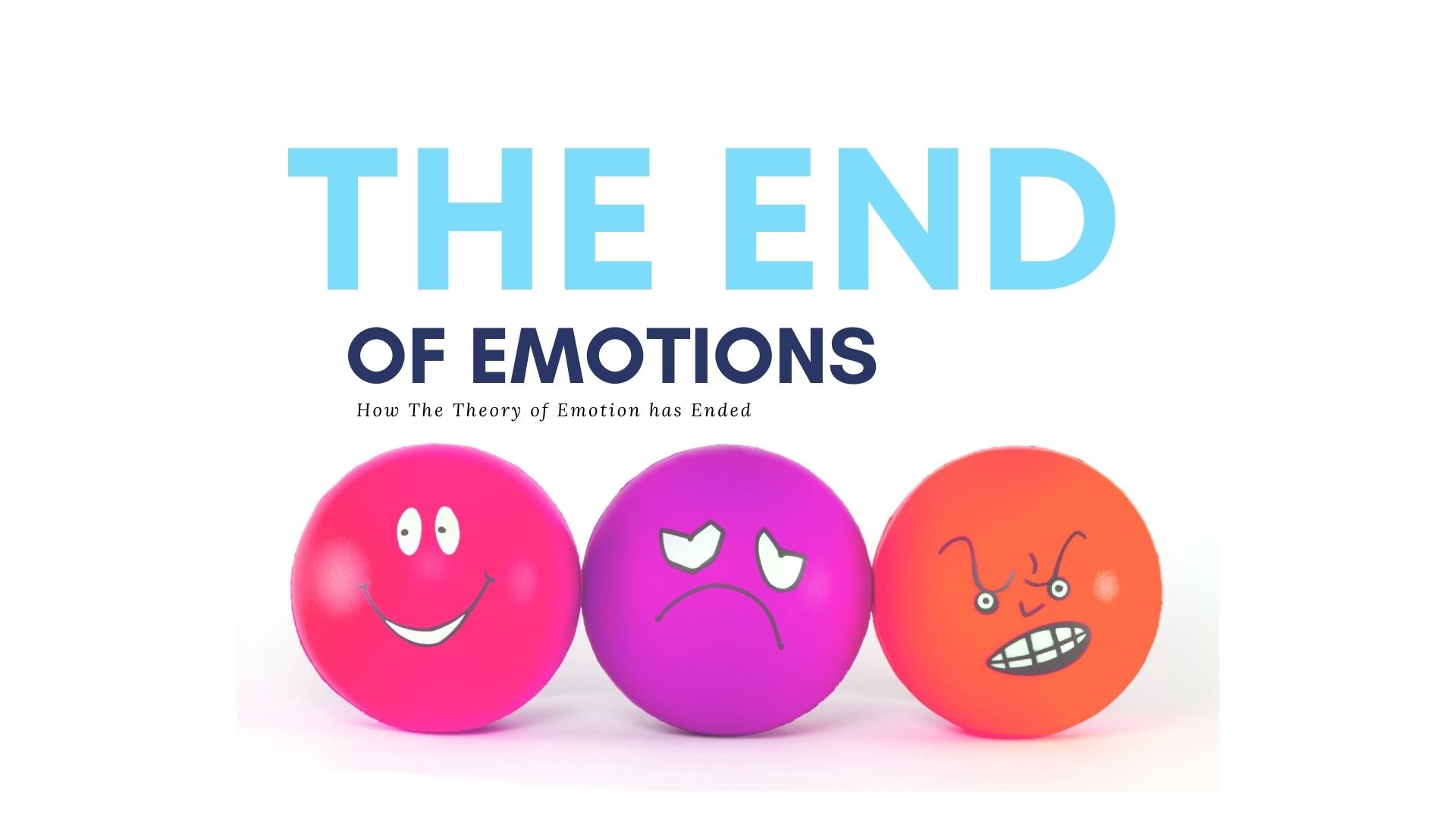Published by: Digital Schools
The End of Emotions
Have you ever wondered what emotions are and how they are made?.
I have. I researched this article because I wasn’t sure how I feel, what I think, and how to define my changing states. It was a week or so ago where I sat on my couch baffled at my state of nonchalance. I was unbothered – not flat, just present, still and curious. What do I feel? What should I think? , and where to find the answers?.
Where are my emotions, I wondered?. What are emotions, and how do we know which ones to acknowledge?. I searched high and low for concrete answers to my plaguing questions, and still, it seems a little unclear as to what goes where.
![]()
Theory of Emotions
Theorists suggest that emotions – the ones that are said to be universal are a part of the survival package we get handed from birth. Experts say we have five to seven universal emotions, shared by man, woman, child and beast and that everyone understands these to be the same.
According to Dr Paul Ekman, these fundamental emotions are; Happiness, Sadness, Fear, Disgust, Anger, Contempt and Surprise. Dr Paul Ekman pioneered micro-expressions and mapped the 43 facial muscles used in emotional expression. Dr Ekman has influenced politics, governments and popular culture through his research.
Confident in his work the Dalai Lama commissioned Dr Paul Ekman and his daughter Dr Eve Ekman in a brand new interactive virtual platform called ‘The Atlas of Emotions’, where you can explore the complex dimension of feelings and their intensity.
Paul Ekman is a well-known psychologist and co-discoverer of micro-expressions. He was named one of the 100 most influential people in the world by TIME magazine in 2009. He has worked with many government agencies, domestic and abroad. Dr Ekman has compiled over 50 years of his research to create comprehensive training tools to read those around you… (https://www.paulekman.com/blog/atlas-of-emotions/)
![]()
And Then, There Was Lisa
Experts say emotions are energy- in-motion – that emotions cause us to take actions and that each emotion has its unique physiological thumbprint. Research says that there are 35,000 different emotions, and each is unique. If we embody emotions and so many, how would we cope with so many physiological changes?.
I was bothered. Imagine if there are 35,000 different available emotions, how many variable chemical cocktails, muscle movements, and behaviours would we make all day?.
It also bothered me, that I could not find a reliable source to where all these emotions arise, how we make them or even make sense of them. The information I had so far accessed seemed very wishy-washy and hard to make sense. Still, the answer remained, what is an emotion? Where do they come from?, and are the ones I have real or just made up?.
And then I came across Dr Lisa Feldman Barrett, and bit by bit the elusive construct of metaphor and allegory started to make sense. In her research, Dr Barrett annihilates claims made by contemporaries in the field of emotional sciences and psychology by stating that most of the published works rely on unsubstantiated evidence and bogus claims.
Lisa Feldman Barrett is a distinguished university professor of psychology at Northeastern University, where she focuses on affective science. She is a director of the Interdisciplinary Affective Science Laboratory. Along with James Russell, she is the founding editor-in-chief of the journal Emotion Review. Wikipedia
She has written a book called – How Emotions Are Made: The Secret Life of The Brain.
In The End
In my quest to uncover the reality of emotions, I discovered many different theories, dynamic charts and diagrams, character stereotypes and contradictions.
In the end, understanding your emotions is a skill; emotions are challenging to define, how we feel is unique to us and sharing feelings at the right time, is magic.
![]()
Guest Contributor: Emily Rack
Business Name: Horatio’s Jar
Publisher: Digital Schools
Emily Rack is a qualified yoga teacher, meditation instructor, freelance writer and visual content creator. She is the head of the content production, publication and editing for Upschool+ Guest Contributors. Emily provides mindfulness and wellbeing workshops, immersive experiences, classes and events for the whole community and is an experienced event designer, teacher and performing artist.
——-
PUBLISHER’S DISCLAIMER: The publisher of this blog post (Digital Schools PTY LTD) works in partnership with the school as a 3rd party provider to help build and maintain the school website. Digital Schools sources a range of experts who provide products and/or services to educational institutions and we work with them to produce and publish topical information in the form of blog posts that we think may be relevant, interesting or topical to families within the community. The views, opinions and content listed in this blog post are that of the guest contributor and/or publisher (Digital Schools). It should be noted that whilst the publisher and guest contributors are acting with the best intentions and in the best interests of the school and their community to provide helpful or interesting information, sometimes the content may not necessarily reflect the views of the school.
The information in this blog post is not meant to be used, nor should it be used, to diagnose or treat any medical condition. For diagnosis or treatment of any medical problem, consult your own physician. The school and the publisher of this blog post are not responsible for any person reading or following the information in this article who may experience adverse effects.
Any references to external websites or sources are provided for informational purposes only and do not constitute endorsement by the school or publisher in any way and the publisher and/or school cannot guarantee accuracy of information listed.
If you have feedback on any content on this platform, you can submit it to the publisher using the feedback link provided at the bottom of this page.


